
Hands-Off Imagination
This weekend while we were in Chris’s office, Bean and Gracie entertained themselves for hours. I mean, HOURS. We didn’t hear a peep out of them until we went hunting for them to see what they were up to.
Chris and I talked on the way home about how awesome life with the kids has been lately because they are so self-sufficient. They are playing really great together, they are constantly creating or imagining something, and they really need very little from us. We thought back to when they were three and four years old and some of the things we did then as parents that have set them up to be so happy and creative at this stage in their lives. I thought I would share a few things that we pinpointed.
1. We leaned towards toys that involved some sort of imaginative or creative component. Sure, we bought the giant dinosaurs that talked and the roller skating baby doll that only required the push of a button. But more often than not, we avoided any toys that had buttons on them. It was my mom who taught us that, actually. Giving children a toy that requires THEM to provide the imaginative play helps them foster those creativity, problem solving, and imaginative skills. For Michael, these toys have been Legos, building blocks, magnetic building squares, and K’nex kits. For Gracie (who is more of an art-lover), these toys have been Legos, building blocks, empty notebooks to fill (instead of coloring books), bead-making sets, and mosaic tiles.
(FYI – The toy they are playing with in these pictures is called “Crazy Forts.” It was a gift from Santa this year. It’s a whole kit of plastic sticks and balls that connect together so kids can build the skeleton of a fort in whatever shape they want. You just throw a blanket over the top of the skeleton and BOOM! You have a huge fort tent! The kids make all kinds of things with it – igloos, houses, castles, and sometimes they build them close to the ground in a tunnel. At $40, Santa hit the jackpot with this one!)
2. We made them do a lot of stuff on their own. “Mom, can I have a drink?” “Mom, can you get my crayons down?” “Mom, can you fix my broken toy?” The answer to all of these questions is, “I bet you can do that yourself.” Even the simple things, like untangling a yoyo or putting a Barbie’s hair in a ponytail. Harmless things that I could have of course done for them. But we really try to make sure they do those things themselves. And (here’s the hard part for most parents) we didn’t even tell them how to do whatever it was they wanted done. That’s right. I didn’t show Gracie how to put her doll’s hair up in a ponytail, I just encouraged her to think about how I did it to her hair and then try something similar. Or, when Bean wanted to know if we could fix Gracie’s hair ribbon that had gotten stuck in his remote control car wheels, we encouraged him to try and figure it out by himself. And we didn’t hang around to talk them through it, either. I think silence is the hardest answer for a parent because we CAN help them, we feel like we SHOULD help them. Or at least, we should COACH them. Or at the very least, ENCOURAGE them. But Chris and I really intentionally tried not to do these things because problem solving skills are built best in real-life situations. Even the encouragement is at a minimum when they are working through something new or difficult. We want to them learn to do something for themselves, not because they want the praise.
3. We didn’t solve their arguments. Remember that Bible story about the two guys arguing over the baby and so King Solomon says, “Fine! I’ll split the baby in two! Are you happy now?!” Yeahhhhh… We go with that approach in our parenting, too. Harsh, but true. When the kids bicker over something, we tell them to work it out or I’m taking whatever it is they are arguing over. If they start tattle telling, we tell them they can’t speak to each other for one hour – no playing, no joking around, no fun with each other at all. This satisfies them for all of 10 minutes before they come crawling back saying they promise not to tattle tell anymore. And you know what? They don’t! It’s not enough that they get along because I make them get along. Or that they work out their differences with me as the moderator. They need to learn to work out those disagreements between themselves. Because when they are able to do that with siblings, they are able to do that with friends, too.
4. We praise their ideas, not just them. When our kids are building something particularly inventive, we make sure we tell them we like how creative they are being. We tell them what good ideas they have. We tell them how big their brains are. We try to avoid general praises like, “You’re playing so nicely!” or “I’m so proud of you!” The more specific the praise is, the more they know what is expected and what is valued. What is a better compliment? “You’re a good reader,” or “I love how you can sound out the words you don’t know in that book!” Being contentious about your praise will make your children more contentious about their actions.
5. Sometimes, we don’t let them bring toys with them when we go places. I don’t know about you, but whenever we leave the house, my kids always have a backpack full of things they NEEEEEEEEEEED. Either they want them to play with in the car or while we wait somewhere or when we get to wherever we are going. About half the time, we let them bring those things with them because it makes it easier for us as parents and it’s fun for them. But the other half of the time, we don’t let them bring anything with them. And there’s a reason for that. When they bring their own entertainment along, they miss out on the opportunities to make their own entertainment themselves. For example, when we went to Chris’s office on Saturday, we originally didn’t think we would be there very long, so we told them to leave the toys at home. This forced them to come up with something creative to play on their own. They ended up turning the giant Ikea boxes into boats and playing “Pirates of the Caribbean” for three hours straight! Without one toy! This has also made them really flexible and easy to take places. When we go somewhere, they don’t constantly need something provided to entertain them because they have learned how to entertain themselves.
One of the things I see that is missing in the generation of students I teach right now is creativity and imagination. And that is really important because through creativity and imagination comes problem-solving and communication skills. Chris and I have made a conscious effort to make sure our kids are able to solve problems with minimal assistance and to communicate their needs, wants, and desires that go along with those problems.
It was really hard to stick to this when they were 3-5 years old because it takes a certain amount of commitment from parents to let your kids be creative. It takes energy and involvement (and sometimes NO involvement, which is even harder!). But we are at ages 5 and 7 right now and are reaping the benefits of teaching those skills. So, give it a try. Keep your hands off and let your kids imaginations take over. You’ll be amazed at the things they can do, the problems they can solve, and the creativity they possess. And that’s a pretty awesome thing to see.


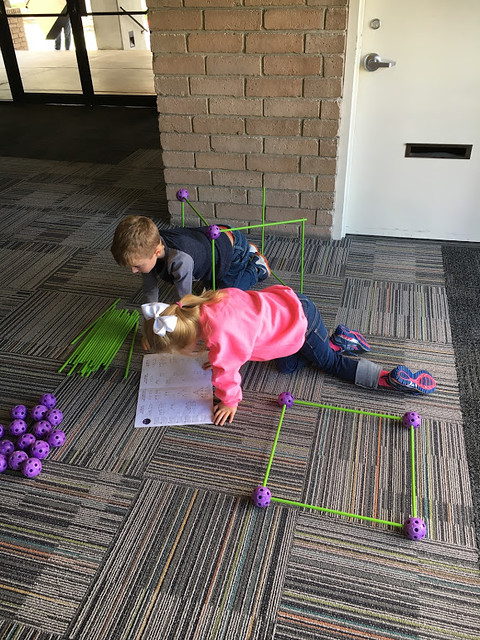
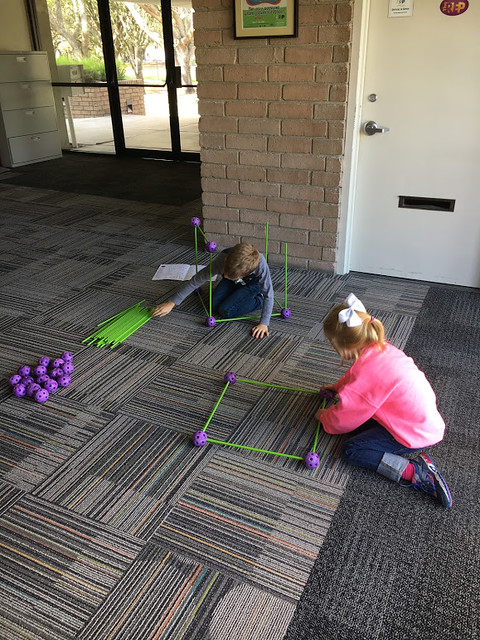
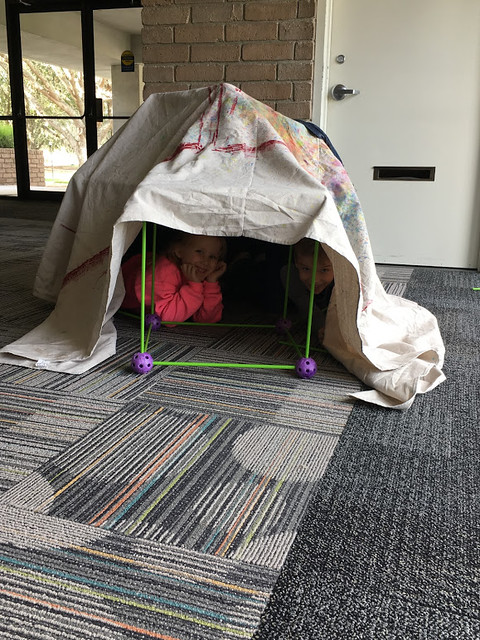
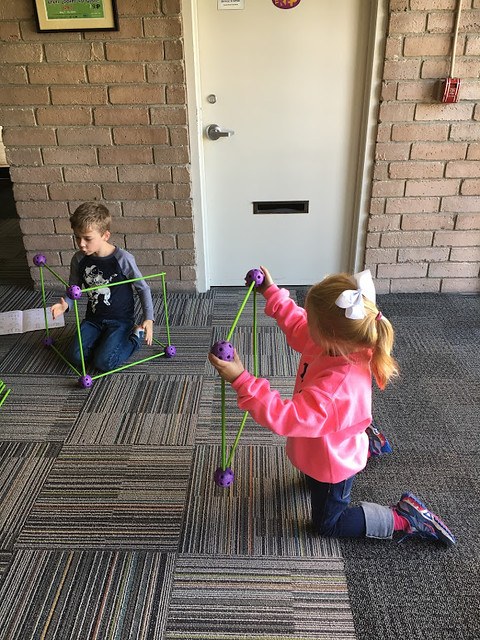
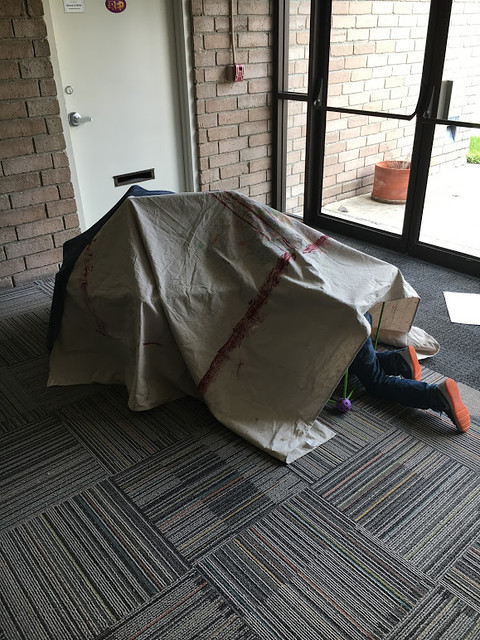

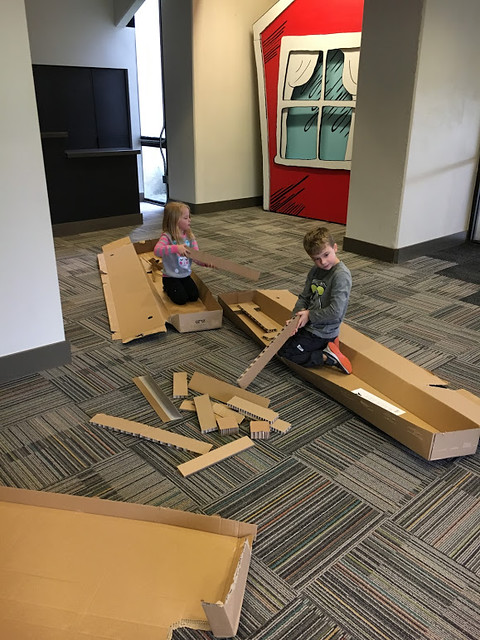

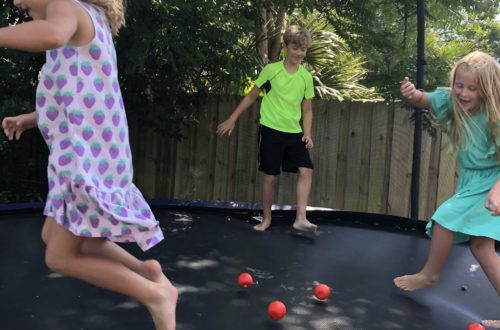

6 Comments
nylse
This is really good but I don’t think you meant contentious in this sentence: Being contentious about your praise will make your children more contentious about their actions.
Probably conscientious.
Feel free to delete my comment.
Meggie
I agree with every word of this!! We try really hard to do the same things… or NOT to do certain things. =) It can be tough like you said, and we aren’t perfect and consistent all of the time, but it really is worth it! Thanks for sharing.
Rian
Thank you for sharing! I have an almost three year old and I am sometimes overwhelmed with the feeling of responsibility to raise her as a happy, creative, mindful, kind person.
I am a full time working mom as well and I have always admired your ability to balance both work and home. I think I am a better mom because I work, but I sometimes feel guilty about missing out on spending time with my toddler while I’m working.
All this to say, thanks for sharing your insight and for continuing to blog. I don’t think it is half-assed at all!
Margie
Ugh, my kids are 3.5 and 5.5 and argue ALL THE TIME. Listening to them fight drives me crazy and so quickly gets to hitting/pushing/shoving that I can’t even let them try to figure it out themselves. And trying to get the older to do things himself is sometimes met with so much whining it’s ridiculous!
Mel
I don’t have any kids, but I still love this! Thanks for sharing what is working/has worked for you and your family! 🙂
Deanna
Fair warning: We have that same fort building kit. While we all absolutely love it, it’s a little dangerous. My 7 year old niece had one of the balls on the end of a stick and used it like a wand, sending the ball flying. It had so much force that it broke the HUGE picture window in our playroom. So that little fort kit ended up costing us $540.